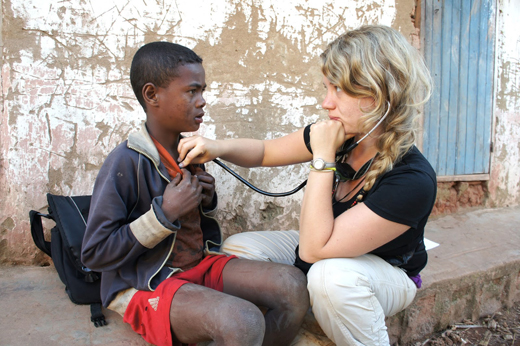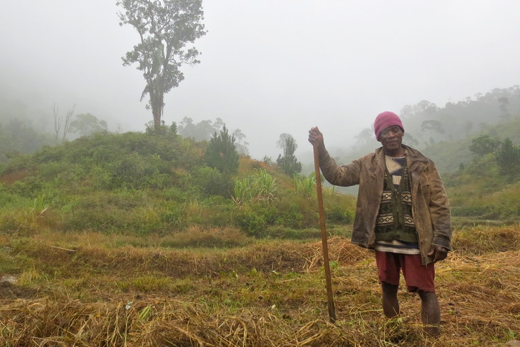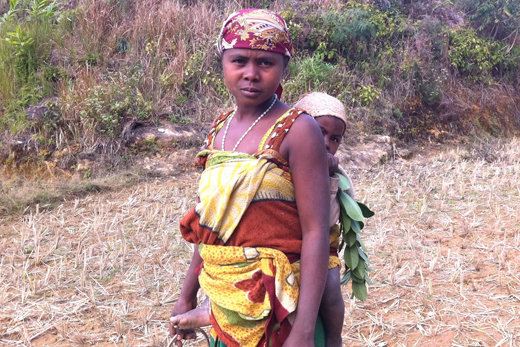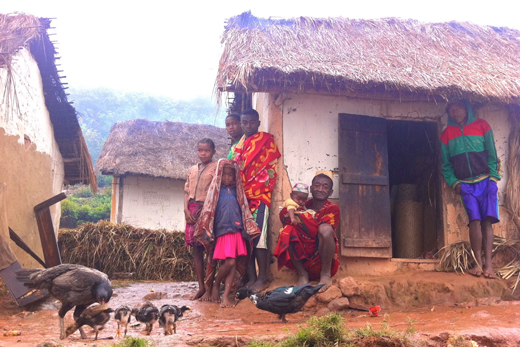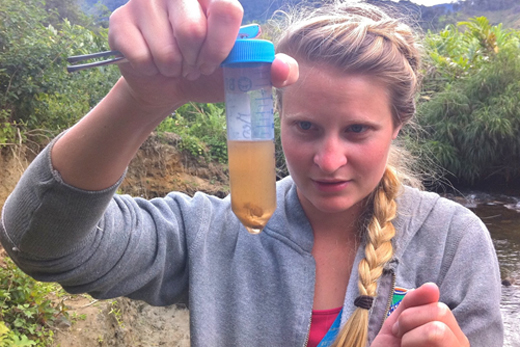Madagascar, an island nation off the southeast coast of Africa, is a biodiversity hotspot. Most of its wildlife is found nowhere else on Earth, making the island a top destination for evolutionarily biologists, drawn to the exotic and endangered flora and fauna.
Visitors to a Madagascar rainforest are enthralled by creatures like the comically long-legged sifaka lemurs, jewel-colored chameleons, net-throwing spiders and giant comet moths streaming golden tails.
Meanwhile, much of the local populace is focused on staying fed, sheltered and alive. Houses, food crops and livestock bump up against remaining patches of wilderness. The country is one of the poorest in the world, with an annual per capita income of $400. About 160 children a day die in Madagascar from preventable diseases, according to UNICEF.
"Madagascar is famous for its wildlife, to the point that its people get overshadowed," says Emily Headrick, a graduate student in Emory's Nell Hodgson Woodruff School of Nursing. "When people's children are dying of diarrheal diseases, their priorities are probably not going to include protecting biodiversity."
Headrick is part of an infectious disease team, including Emory students from nursing, the Rollins School of Public Health, the Department of Environmental Studies and the Masters of Development Practice program, conducting research in Madagascar. The team, in the country for most of the summer, is gathering baseline data on the health of people, domesticated animals and wildlife in and around the Ranomafana National Park. This "one health" approach may be key to solving some of the complex problems facing the Malagasy people and their unique ecosystem.


